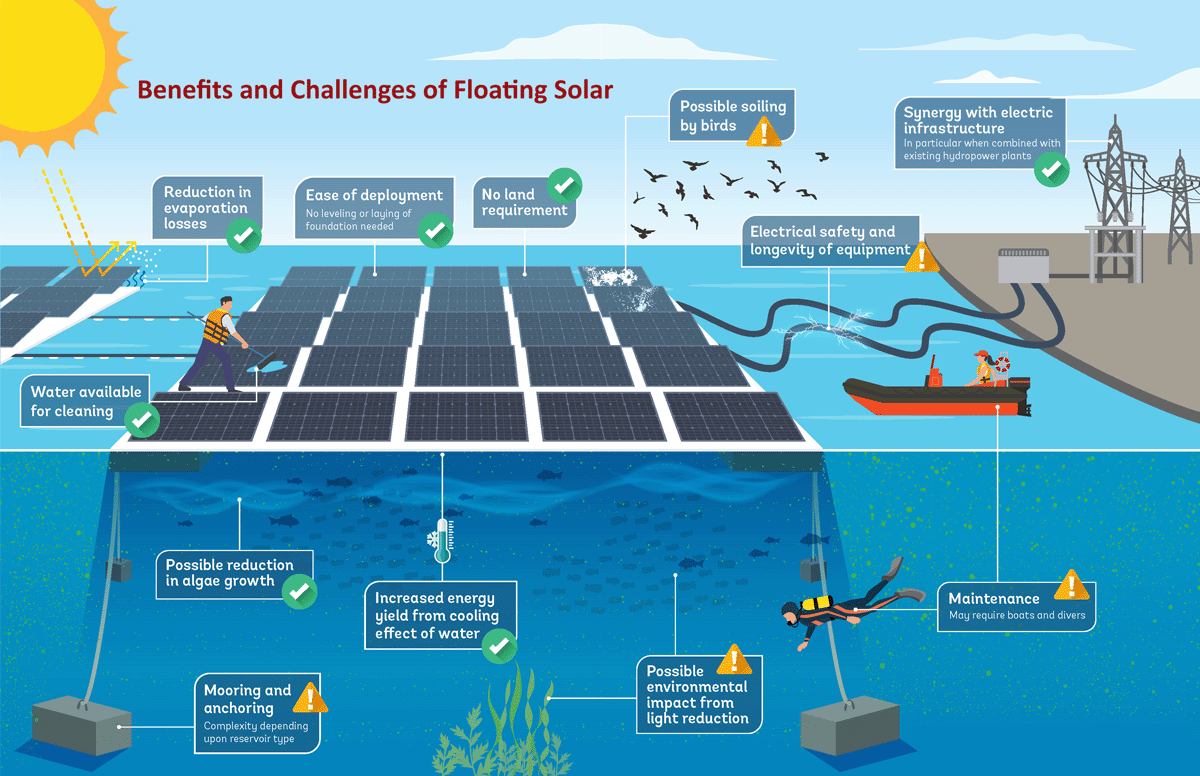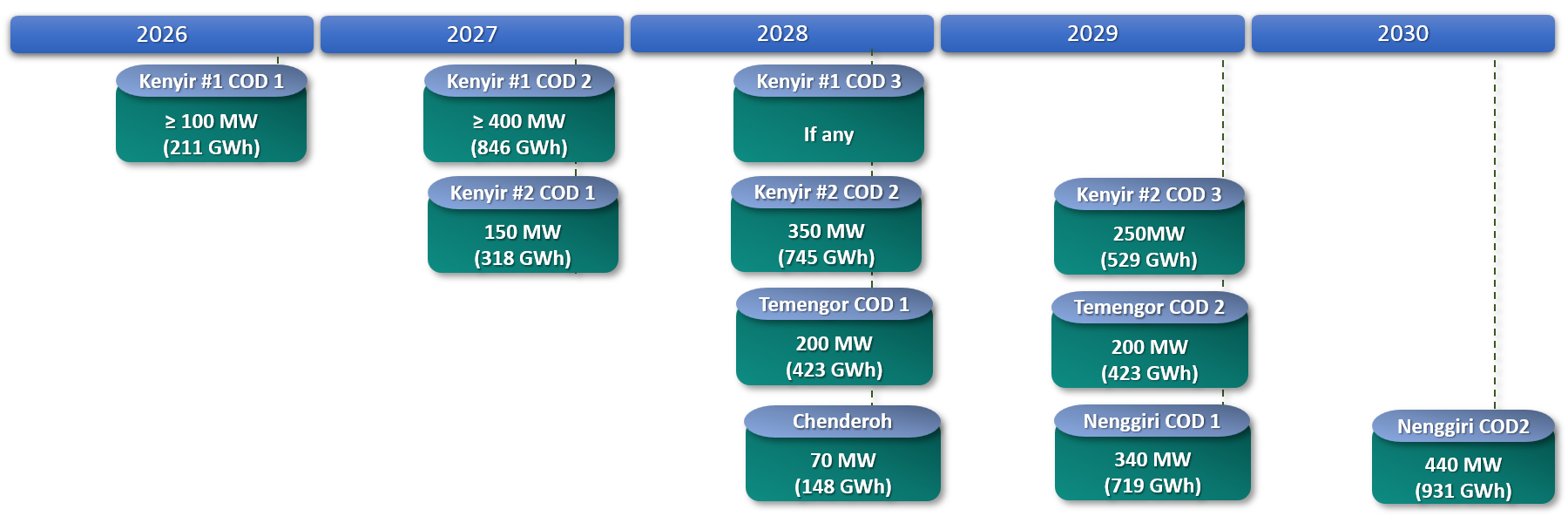(Continuation from Part 1 of the ESG Story – ‘The Hybrid Hydro Floating Solar Project LeadingMalaysia's Renewable Energy Future’, dated 6 March 2025)
While the Hybrid Hydro Floating Solar (HHFS) project holds significant promise, it also comes with its own set of challenges and potential implications on the community and environment.
High Initial Costs
The installation and integration of floating solar panels with hydroelectric systems require significant investment particularly in the areas of floaters and the development of a robust anchoring and mooring system. However, these costs can be offset by the long-term benefits of reduced fuel expenses and lower operational costs.
Technical Challenges
Ensuring the stability and durability of floating solar panels in varying water conditions requires advanced engineering solutions. Regular maintenance is needed to address potential issues such as biofouling and mechanical wear.
Regulatory and Environmental Compliance
Navigating the regulatory landscape and securing necessary approvals can be complex. Engaging with regulatory bodies early in the project planning phase is crucial to ensure compliance with environmental and safety standards.
Despite some concerns, we are always mindful, a couple of steps ahead, and proactive in carrying out our projects to ensure sustainability and community well-being. To overcome these potential negative impacts, TNB Genco has developed several mitigation strategies to minimise or eliminate the impacts.
| Impacted | Potential Impacts | Mitigation Strategies |
|---|---|---|
| Algae Growth |
|
Environmental Monitoring:
|
| Oxygen Levels |
|
Adaptive Design:
|
| Habitat Disruption |
|
|
| Aesthetic Impact |
|
Regulatory Compliance:
|
| Access to Water Bodies |
|

Figure 1: Benefits and Challenges of Floating Solar
Addressing these issues through mitigation strategies ensures that the project can progress sustainably. As TNB Genco continues to tackle these challenges, the implementation of the HHFS project follows a structured approach to ensure its success and scalability. The project is being rolled out in several phases, each designed to build on the previous one and expand the system's capacity and efficiency.
Project Phases and Sites
The HHFS project is being implemented in phases to ensure a structured and scalable approach. The first phase focuses on feasibility studies and initial installations, with subsequent phases expanding capacity, optimising performance while addressing any challenges that arise. Stakeholders are provided with regular updates on the project's progress, ensuring transparency, continuous improvement and stakeholder confidence.

Figure 2: HHFS Roadmap
Site Specifics
Selecting specific sites for the HHFS project plays an important role in maximising the benefits and addressing the unique challenges associated with each location.
-
Kenyir Hydro Power Station
- Found in Kuala Berang, Kuala Terengganu, and managed by the Sultan Mahmud Power Station. About 50km from Kuala Terengganu, this reservoir extends over 370km² (37,000 hectares), with a generation potential of up to 1,000MW of floating AC solar power.
-
Temengor Hydro Power Station
- Located in Gerik, Perak Darul Ridzuan, and managed by the Sg. Perak Hydro Power Stations. This station is around 200km from Ipoh, near the borders of Kelantan and southern Thailand. Covering 152km² (15,200 hectares), the Temengor reservoir can potentially generate up to 400MW of floating AC solar power.
-
Nenggiri Hydro Power Station
- Under construction in Gua Musang, Kelantan. This station is roughly 30km from Gua Musang Town. The Nenggiri reservoir spans 53.84km² (5,384 hectares), capable of generating up to 780MW of floating AC solar power.
-
Chenderoh Hydro Power Station
- Managed by the Sg. Perak Hydro Power Stations, situated in Kuala Kangsar, Perak Darul Ridzuan. Approximately 20.5km from Ipoh, the Chenderoh reservoir spans 25km² (2,500 hectares) and has the potential to generate up to 70MW of floating AC solar power.
HHFS: A Key Component of the National Energy Transition Roadmap
Our catalyst project integrates innovative technology with practical applications, offering a strategic move towards a better future for Malaysia. It enhances energy reliability in a region traditionally reliant on fossil fuels. We also ensure that our targeted strategies manage risks and engage local communities, affirming everyone’s voices are heard and delivering tangible benefits while minimising environmental impacts. It lays the groundwork for a stable and progressive energy framework in Malaysia.